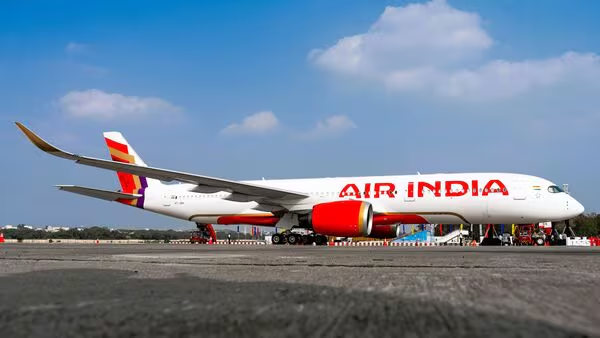Air India crash sends tremors through aviation insurance sector, sparking one of India’s biggest-ever claims pegged at $475 million.
The tragic crash of Air India Flight 171 has set in motion what could become one of the costliest aviation insurance claims in Indian history – an estimated $475 million payout. As the aviation industry braces for the fallout, deeper insights into insurance structures, safety standards, and legal liability are coming into sharp focus.
Insurance Payouts Expected to Soar
According to GIC Re chairman Ramaswamy Narayanan, insurers will likely cover $125 million for the aircraft’s hull and engine, while liability claims for passengers and ground victims are expected to reach $350 million, bringing the total to nearly ₹4,080 crore (US $475 million). If confirmed, this would mark the highest aviation insurance claim ever in India, nearly three times the entire country’s annual aviation insurance premiums from 2023.
Before the crash, Air India had increased the insurance cover on the Boeing 787‑8 Dreamliner – built in 2013 and operating flight AI171 – from ₹750 crore to ₹850 crore during an April renewal prompted by an engine replacement.
Legal Liability and Montreal Convention Compliance
Under the Montreal Convention, each passenger’s heirs are entitled to a minimum of SDR 128,821 (around ₹1.6 crore). With over 240 fatalities onboard and dozens killed on the ground, individual compensation could exceed ₹1 crore – Air India already announced an interim offer of ₹1 crore per family member. However, total legal liabilities may exceed ₹1,000 crore, depending on legal proceedings, negligence claims, and national jurisdictions of foreign victims.
Reinsurance Shockwaves Across Global Markets
Most of Air India’s aviation insurance is reinsured globally, so while Tata Group insurers may absorb only ₹100–150 crore directly, global reinsurers could be on the hook for the bulk of the payout. The crash is expected to harden aviation insurance premiums – domestic and international – as reinsurers recalibrate risk models for wide‑body aircraft.
Comparison with Past Aviation Disasters
This claim dwarfs previous payouts, such as the Germanwings crash in 2015, where Lufthansa faced a US $300 million payout. Now, Air India’s $475 million claim could become a benchmark for future aviation compensation. Historical parallels also include Alaska Airlines Flight 261 in 2000, which triggered a similar $300 million settlement.
Regulatory Response and Passenger Safety Concerns
India’s Insurance Regulatory and Development Authority (IRDAI) has instructed insurers to expedite claim processing and ensure quick disbursement. Meanwhile, the Directorate General of Civil Aviation (DGCA) has called for immediate checks of the remaining Boeing 787‑8/9 fleet, pending investigation outcomes – which include initial findings that the plane’s landing gear had not fully retracted.
Implications for Air India and Tata Group
For Tata Group, which acquired Air India in 2022, the crash and ensuing insurance claims come at a critical time. The carrier was in the midst of a major turnaround strategy under CEO Campbell Wilson, with significant investments in fleet renewal and customer service. The company faces heightened scrutiny over maintenance, safety protocols, and pilot training.
Tata Group’s chairman, N. Chandrasekaran, made a public appeal for continued safety vigilance. Industry analysts believe how the airline manages this crisis will determine whether it can finally shed its legacy image and become a globally competitive carrier.
Future of Aviation Insurance
With hull and liability payouts surpassing 95% of premiums transferred to global markets, this incident could trigger stricter underwriting criteria and higher premiums for aircraft insurers. Analysts forecast that the risk of ground damage – after the crash struck a medical college hostel – will further influence public liability and third-party coverages.
Looking Ahead: Accountability and Industry Resilience
The path forward involves not just financial settlements but also sharpened regulatory and technical safeguards. Federal investigators, Boeing, GE Aerospace, and international safety agencies are working to identify the crash causes. Meanwhile, insurers are reassessing risk portfolios and industry stakeholders are urging swift transparency to restore confidence.




